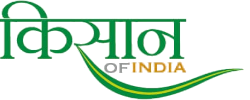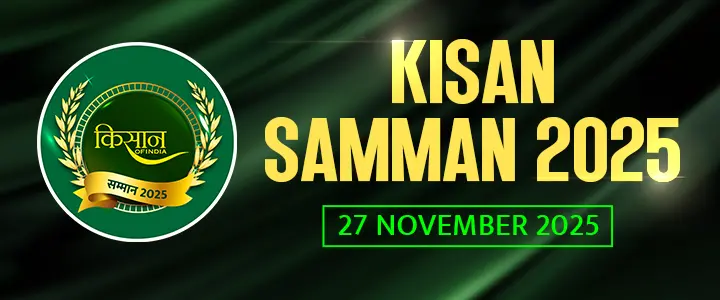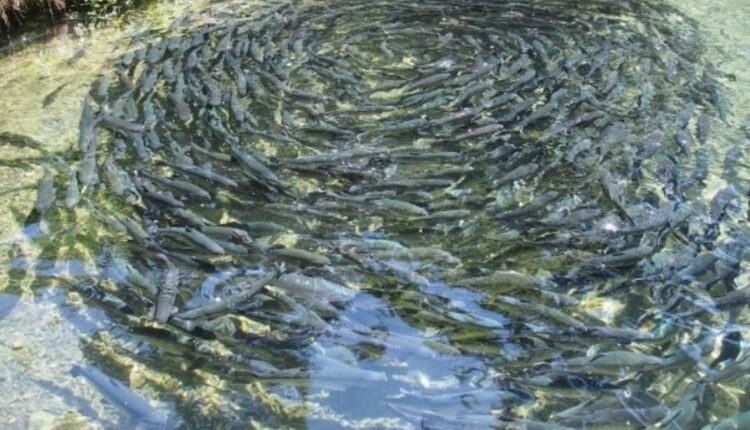78-year-old Shiv Prasad Sahni, a resident of Mahmadpur village in Siwan district of Bihar, has taken agriculture and fish farming to a new level with his hard work and vision. His journey included struggle, innovation, and guidance from the government and agricultural scientists.
Education and early life
After completing matriculation in 1963, Shiv Prasad did a diploma in General Mechanic from ITI Saran Engineering, Marauhra. Despite having technical knowledge, in the initial days he had to depend on only Rs 75,000 annually for income. By properly utilizing his land and pond, he established himself as a successful farmer and entrepreneur.
From small steps to big dimensions
Shiv Prasad started fish farming in the traditional way. Later he adopted scientific techniques under the guidance of Krishi Vigyan Kendra, Siwan. Today, his pond produces 90 quintals of spawn of fish like common carp, grass carp, rohu, katla, and mrigal nain, taking his annual income to Rs 51 lakh.
He says:
“Initially, I only did fish farming in the traditional way. But when I adopted scientific techniques, there was a big change in production and income. Now my fish is also supplied to nearby districts like Gopalganj, Chapra, Champaran and Vaishali.”
Success of integrated farming system
Shiv Prasad started growing vegetables and fruits using the banks of his pond. He cultivates brinjal, cowpea, and spices, earning him an additional income of Rs 6.4 lakh every year.
He says:
“It was not right to leave the land around the pond fallow. I used it to grow crops. This also reduced the cost and increased the income.”
What is Integrated Farming System?
Integrated Farming System (IFS) is an advanced and sustainable model of farming, in which various agricultural activities and resources are combined in such a way that they complement each other. Its objective is to increase the income of farmers and reduce costs while keeping the environment balanced. In this system, mainly crop production, animal husbandry, fish farming, vermi-compost, horticulture and other agriculture based activities are linked together.
Major components of Integrated Farming System
1. Crop Production:
Along with growing crops, their residues are used as fodder for animals and fish.
• Like paddy husk or wheat stalks are used as animal fodder.
2. Animal Husbandry:
• Dung and urine obtained from cattle are used to make vermi-compost.
• Products like milk, cow urine, and cow dung become a source of additional income for farmers.
3. Fish Farming:
• Along with fish farming in the pond, its water is used for irrigation of crops.
• Vegetables or fruits are grown on the banks of the pond, which generates additional income.
4. Vermicomposting:
• Vermicompost unit is set up to make organic manure. It is helpful in increasing soil fertility and reducing dependence on chemical fertilizers.
5. Horticulture:
• Fruits, vegetables, spices and flowers are cultivated on the banks of the pond or farm, which makes maximum use of the land.
6. Poultry & Apiculture:
• Poultry generates income through eggs and meat.
• Beekeeping helps in honey production and pollination, which improves crop production.
Advantages of Integrated Farming System
1. Increase in income:
• Income sources can be diversified by combining animal husbandry, fisheries, and other activities with crop production.
• Having more than one income source strengthens the economic condition of farmers.
2. Cost reduction:
• Fertilizer and feed costs can be reduced by reusing crop residues, dung, and fisheries wastes.
3. Environmental benefits:
• The use of organic manure and vermi-compost reduces the need for chemical fertilizers and pesticides, which does not pollute soil and water.
4. Use of natural resources:
• Water, soil, and organic wastes can be better managed.
• The use of green energy such as solar pumps and biogas reduces energy costs.
5. Employment opportunities:
• This system provides employment opportunities in rural areas. In particular, self-employment opportunities increase for women and youth.
6. Sustainable development:
- Promotes the principles of sustainable farming, which can make farming profitable without harming the environment.
Importance of Integrated Farming System in India
In India, where most farmers farm on small and marginal holdings, integrated farming system is an effective and sustainable model. This system not only improves their economic condition but also helps in dealing with the effects of climate change.
The Government of India and various agricultural universities are running several schemes to promote this system, such as:
Rashtriya Krishi Vikas Yojana (RKVY): Under this, financial assistance is provided to farmers for adopting integrated farming system.
• Krishi Vigyan Kendra (KVK): Farmers are given training and technical support for this system.
• Pradhan Mantri Kisan Samman Nidhi Yojana (PM-Kisan): Financial assistance is provided to farmers so that they can invest in integrated farming system.
Technical Training and Innovation
Shiv Prasad took various trainings in areas like fish farming, poultry farming, beekeeping, vermi-composting, and mushroom production. He also received training in advanced technologies from Jalgaon (Maharashtra) and RAU, Pusa. Adoption of these techniques took his annual income to Rs 1.02 crore.
He said:
“Discussions and training with scientists changed my thinking. Instead of depending only on fish farming, I moved towards integrated farming.”
Awards and recognitions
Shiv Prasad’s innovation and hard work have been recognised at the national and state level. Some of the major awards he has received are:
1. Jagjivan Ram Abhinav Kisan Puraskar 2020 (Zonal)
2. IARI Innovative Farmer Award 2020
3. Dr. Hiralal Choudhary Best Fish Farmer Award
4. Grassroot Innovation Award
5. Abhinav Kisan Puraskar
Government and institutional support
Shiv Prasad availed several schemes from the government, such as:
Installation of drip irrigation system
Subsidy for vermi-compost production
Subsidy in fish seed production
With the help of these schemes, he was able to steadily increase his income and improve productivity.
Future plans and vision
Shiv Prasad aims to further develop his integrated farming system and inspire other farmers to do the same. He says:
“My dream is that small farmers like me also become self-reliant by adopting modern techniques. This will not only increase their income but also increase employment opportunities in rural areas.”
Shiv Prasad Sahni’s story is not just about personal success but also about promoting agriculture and entrepreneurship in rural India. His efforts show how farming and animal husbandry can be made a profitable business with the right technology, training, and dedication. His journey serves as an inspiration and guide for other farmers.
Contact us- If farmers want to share any valuable information or experiences related to farming, they can connect with us via phone or whatsApp at 9599273766 or you can write to us at [email protected]. Through Kisan of India, we will convey your message to the people, because we believe that if the farmers are advanced then the country is happy.
You can connect with Kisan of India on Facebook, Twitter, and WhatsApp and Subscribe to our YouTube channel.



